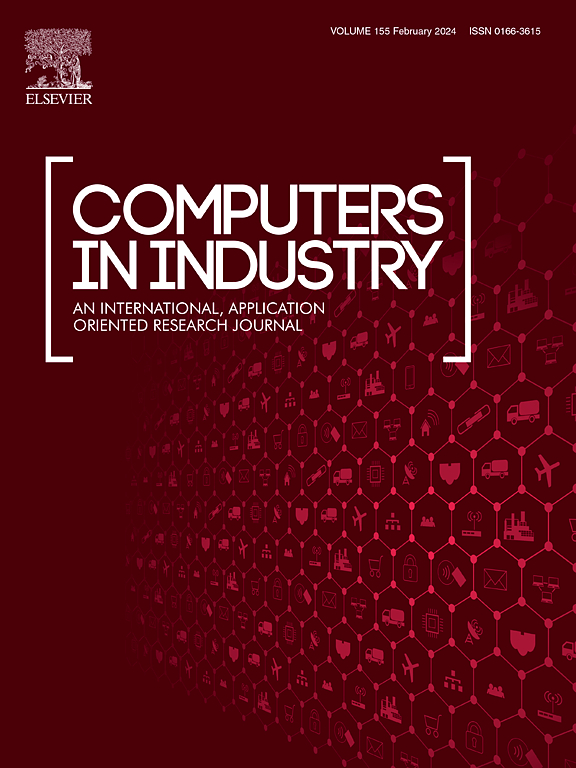人类数字孪生:工业5.0的系统文献回顾和概念消歧
IF 8.2
1区 计算机科学
Q1 COMPUTER SCIENCE, INTERDISCIPLINARY APPLICATIONS
引用次数: 0
摘要
人类数字孪生(HDTs)是一个新兴概念,有可能为工业5.0创建以人为中心的系统。这个概念已经迅速传播到新的应用领域,尤其是医疗保健领域,导致了不同的概念解释。本系统文献综述分析了HDTs在所有应用领域的概念理解,以澄清概念基础。我们的回顾揭示了一个共识,即HDT的孪生实体是一个人类个体。然而,个人和他们的HDT之间的数据流几乎没有一致意见。我们根据数据集成水平提出了三个类别:人类数字模型、人类数字阴影和人类数字双胞胎来解决这一缺点。最后,我们在HDT的域不可知论一般定义中综合了我们的发现。我们强调了一个边缘情况,孪生实体是一个人类个体和一个强耦合的技术系统,并将其命名为增强人类数字孪生(aHDT)。定义和分类方案为跨学科合作解决公开挑战提供了必要的概念清晰度。值得注意的挑战是感知人类数据、可靠的数据传输和建模,特别是行为建模。关于安全、隐私和同意的其他伦理问题是成功采用HDT的核心。我们呼吁跨学科的努力,建立标准化的框架和道德准则,以促进未来的发展。本文章由计算机程序翻译,如有差异,请以英文原文为准。
Human Digital Twins: A systematic literature review and concept disambiguation for industry 5.0
Human Digital Twins (HDTs) are an emerging concept with the potential to create human-centric systems for Industry 5.0. The concept has rapidly spread to new application domains, most notably Healthcare, leading to diverging conceptual interpretations. This Systematic Literature Review analyses the conceptual understanding of HDTs across all application domains to clarify the conceptual foundation. Our review reveals a consensus that an HDT’s twinned entity is a human individual. However, there is little agreement on the data flows between the individual and their HDT. We address this shortcoming by proposing three categories based on the level of data integration: Human Digital Models, Human Digital Shadows, and Human Digital Twins. Finally, we synthesise our findings in a domain-agnostic general definition for HDT. We highlight an edge case where the twinned entity is a human individual alongside a strongly coupled technical system, and name it augmented Human Digital Twin (aHDT). The definition and categorisation scheme provide the needed conceptual clarity for inter-disciplinary collaboration to address open challenges. Notable challenges are sensing human data, reliable data transfers and modelling, especially behavioural modelling. Additional ethical issues concerning security, privacy and consent are central to successful HDT adoption. We call for cross-disciplinary efforts to establish a standardised framework and ethical guidelines to enable future developments.
求助全文
通过发布文献求助,成功后即可免费获取论文全文。
去求助
来源期刊

Computers in Industry
工程技术-计算机:跨学科应用
CiteScore
18.90
自引率
8.00%
发文量
152
审稿时长
22 days
期刊介绍:
The objective of Computers in Industry is to present original, high-quality, application-oriented research papers that:
• Illuminate emerging trends and possibilities in the utilization of Information and Communication Technology in industry;
• Establish connections or integrations across various technology domains within the expansive realm of computer applications for industry;
• Foster connections or integrations across diverse application areas of ICT in industry.
 求助内容:
求助内容: 应助结果提醒方式:
应助结果提醒方式:


